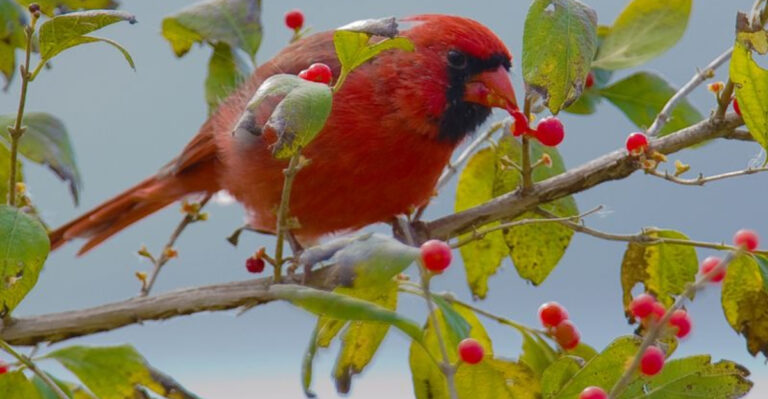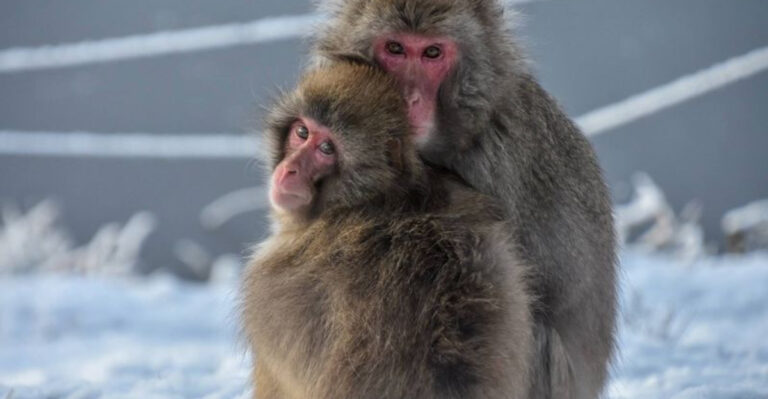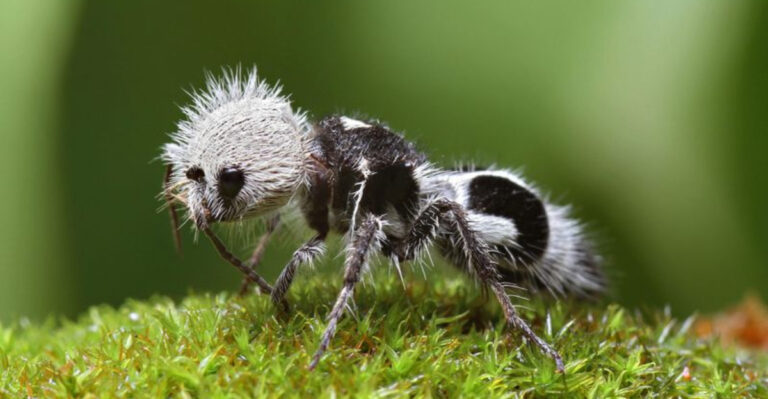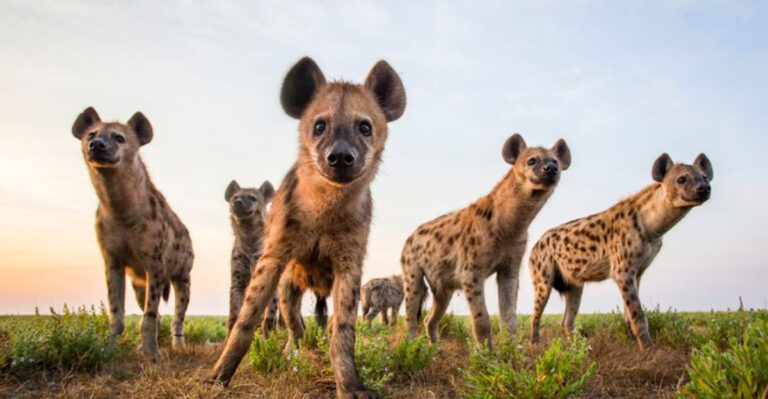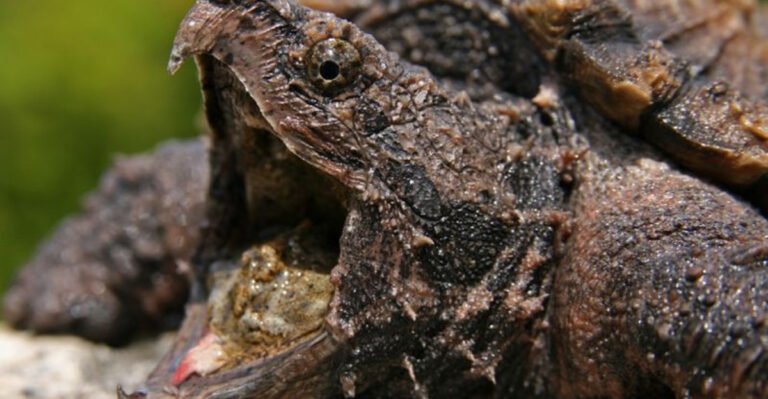America’s Rarest Butterfly Is Back In Florida After Nearly Going Extinct
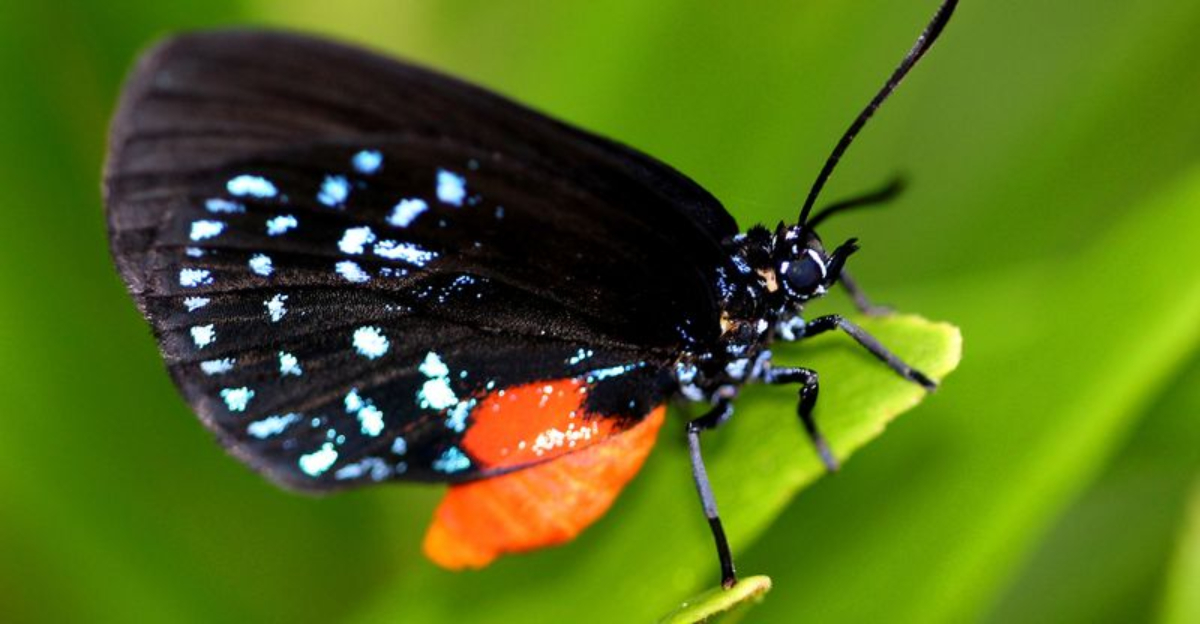
Florida’s stunning Atala butterfly once teetered on the brink of extinction, vanishing from sight in the 1950s. Scientists believed this velvety black butterfly with electric blue spots and a bright red abdomen was gone forever.
But against all odds, this remarkable insect has staged one of conservation’s quietest yet most impressive comebacks, offering hope for endangered species everywhere.
1. Once Declared Extinct, Now Thriving Again
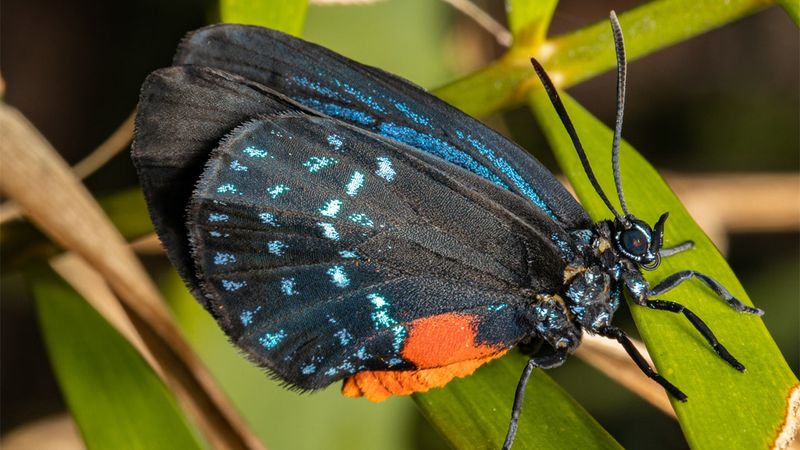
The Atala’s disappearance shocked butterfly enthusiasts when it was declared extinct in the 1950s. Habitat destruction and overharvesting of its host plant left no trace of the striking black and blue insect.
Its rediscovery decades later on a small Florida island sparked immediate conservation action. Today, colonies flourish throughout South Florida, marking one of entomology’s most remarkable resurrection stories.
2. Its Survival Depends On One Plant
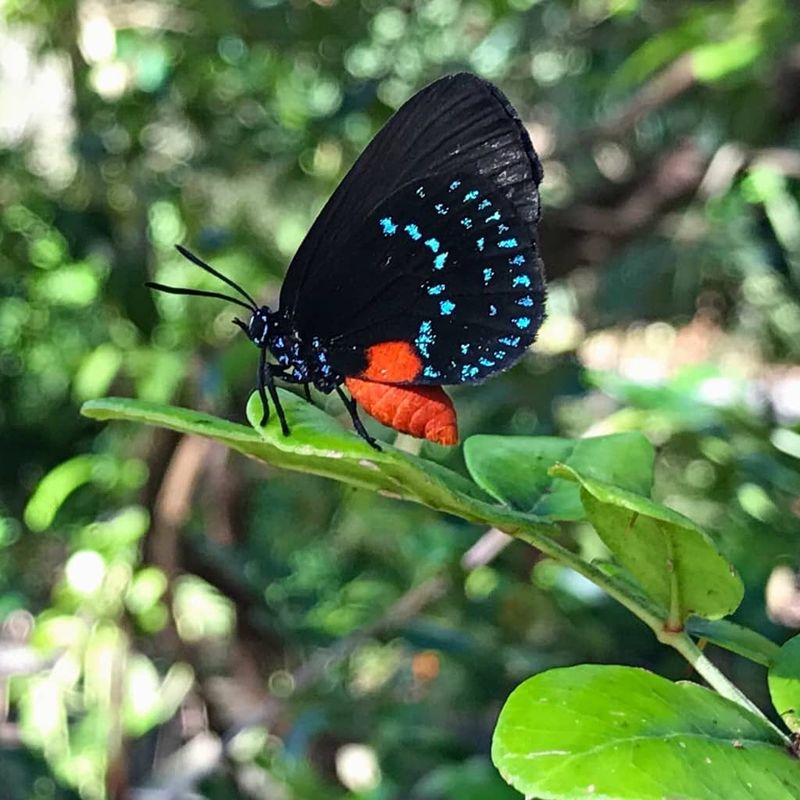
Talk about picky eaters! Atala caterpillars exclusively munch on coontie, an ancient cycad plant that looks like a palm but isn’t related. This specialized diet nearly doomed the species when Florida’s coontie was harvested to near extinction.
Without this specific plant, no amount of conservation effort would save the butterfly. The relationship demonstrates nature’s intricate dependencies that humans often overlook.
3. A Tiny Island Saved The Species
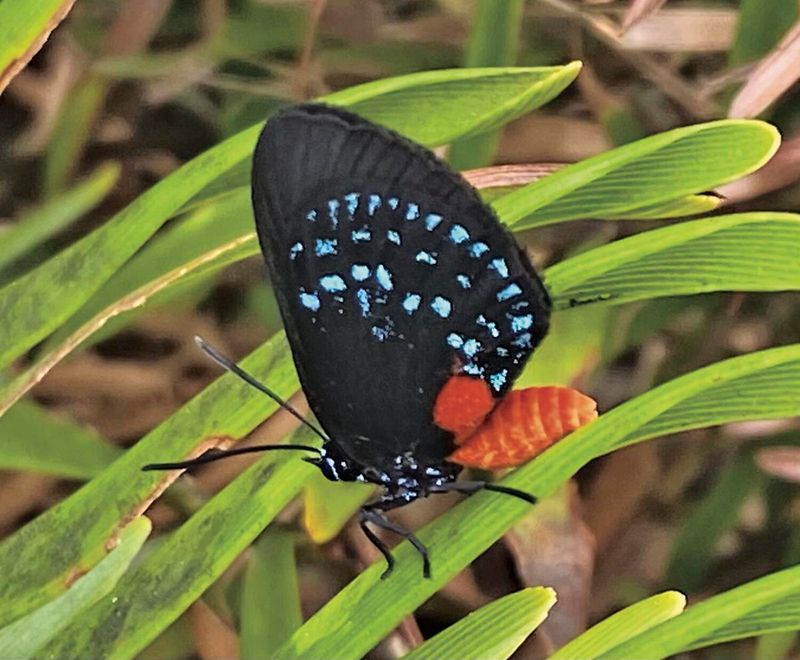
Key Biscayne became the unexpected hero in this conservation tale. While developers transformed mainland Florida, this island maintained enough coontie plants to support a small colony of forgotten Atalas.
The 1979 discovery by scientist Roger Hammer changed everything. From this single population, conservationists carefully collected specimens to establish breeding programs. The island’s accidental sanctuary became the butterfly’s lifeline.
4. Gardeners Became Accidental Conservationists
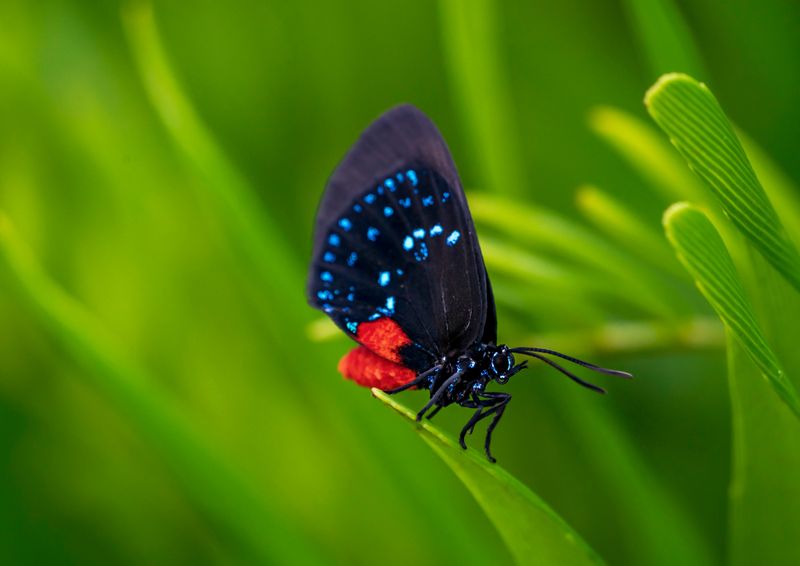
Florida homeowners unwittingly joined the butterfly rescue mission. As native plant gardening gained popularity, coontie cycads became prized landscaping elements for their drought tolerance and prehistoric appeal.
Suddenly, suburban yards transformed into butterfly highways! Female Atalas discovered these garden oases, laying eggs that hatched into hungry caterpillars. This grassroots conservation network spread across neighborhoods faster than any official program could.
5. The Coontie Plant Made A Big Comeback Too
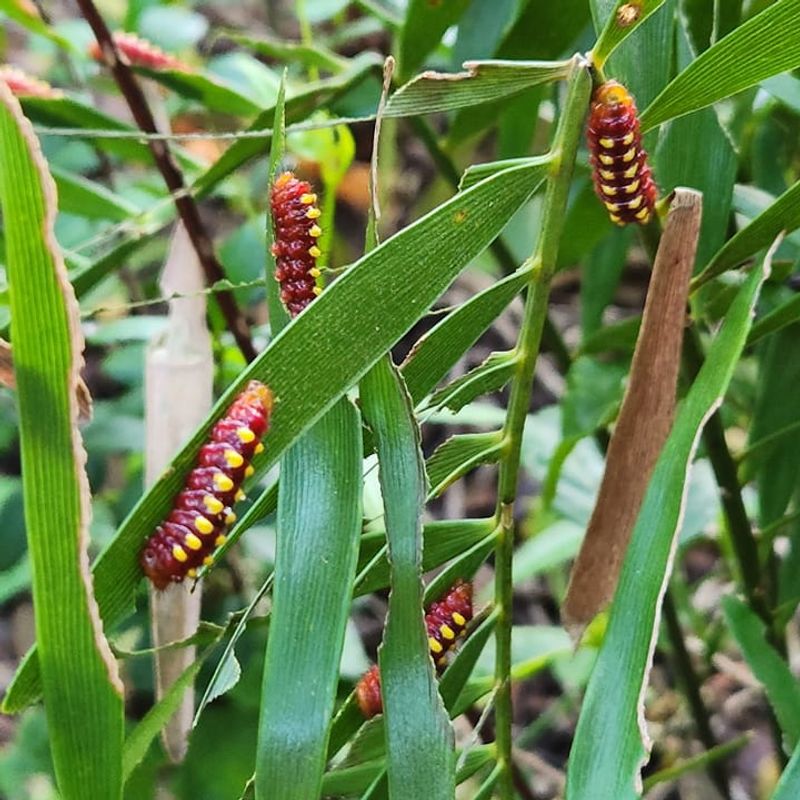
Coontie’s journey parallels its butterfly partner’s story. Once harvested to make starch until the 1920s, these ancient plants nearly vanished from Florida’s landscape. The ornamental gardening industry revived interest in this living fossil.
Nurseries began propagating coontie for drought-resistant landscaping. Now growing throughout South Florida, these prehistoric plants create an expanding habitat network for their dependent butterfly species.
6. The Atala’s Comeback Didn’t Cost Millions
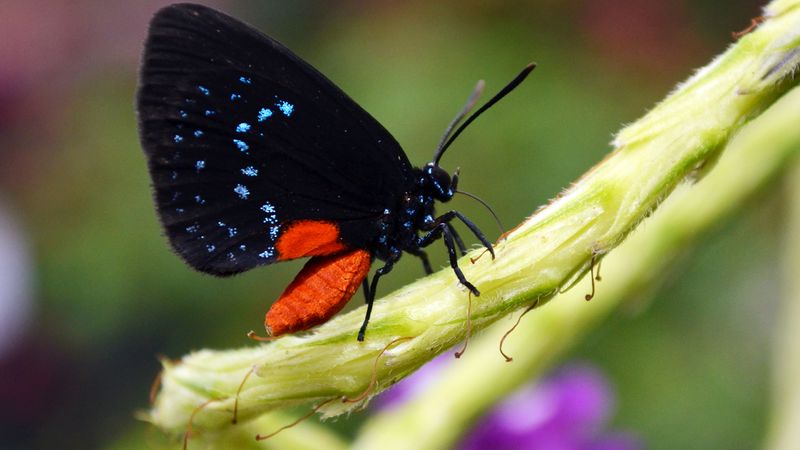
Unlike expensive wildlife recovery programs, the Atala’s resurrection came through community effort rather than massive funding. Butterfly enthusiasts shared cuttings of coontie plants and occasionally relocated butterflies to new habitat areas.
Schools joined the cause, creating butterfly gardens where students could witness metamorphosis firsthand. This grassroots approach proves conservation success doesn’t always require government intervention or huge budgets—sometimes just passionate people make all the difference.
7. A Symbol Of Urban Biodiversity
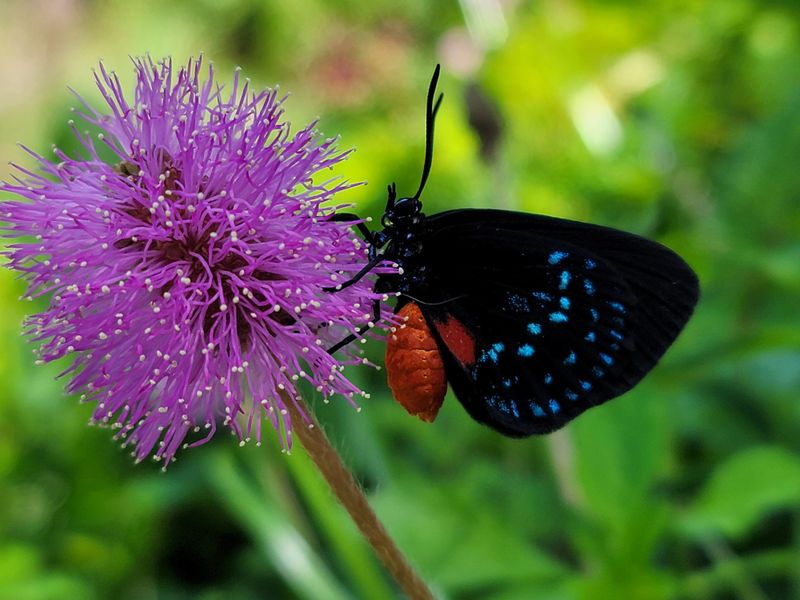
Fluttering through Miami’s upscale neighborhoods, the Atala proves wildlife can thrive alongside humans. These butterflies don’t need pristine wilderness—just the right plants in urban settings. Botanical gardens, university campuses, and city parks now showcase these living jewels.
Their success challenges the notion that development always harms nature. With thoughtful landscaping choices, even metropolitan areas can become biodiversity hotspots.
8. A Bioindicator Of Ecosystem Health
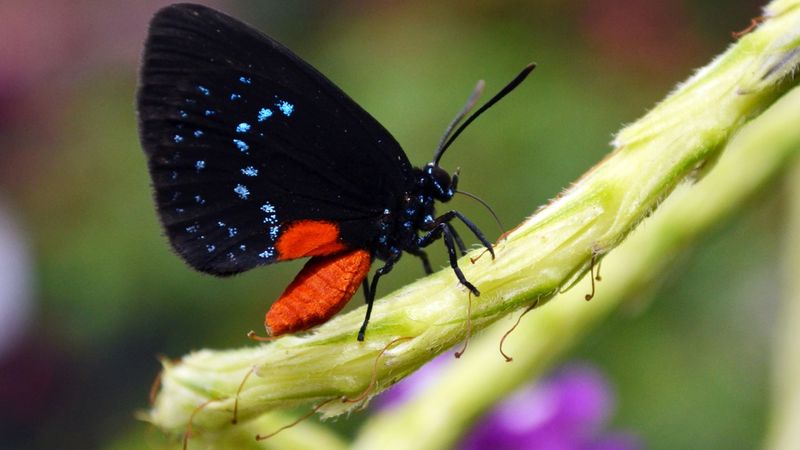
Scientists value the Atala as more than just a pretty insect—it’s a living measurement tool. When these butterflies appear in an area, it signals a functioning ecosystem with native plants and limited pesticide use.
Their presence attracts other pollinators and creates ripple effects throughout the food web. Researchers monitor Atala populations to gauge conservation success and habitat quality, making this butterfly nature’s equivalent of a canary in a coal mine.
9. It’s Part Of A Mutual Aid Network
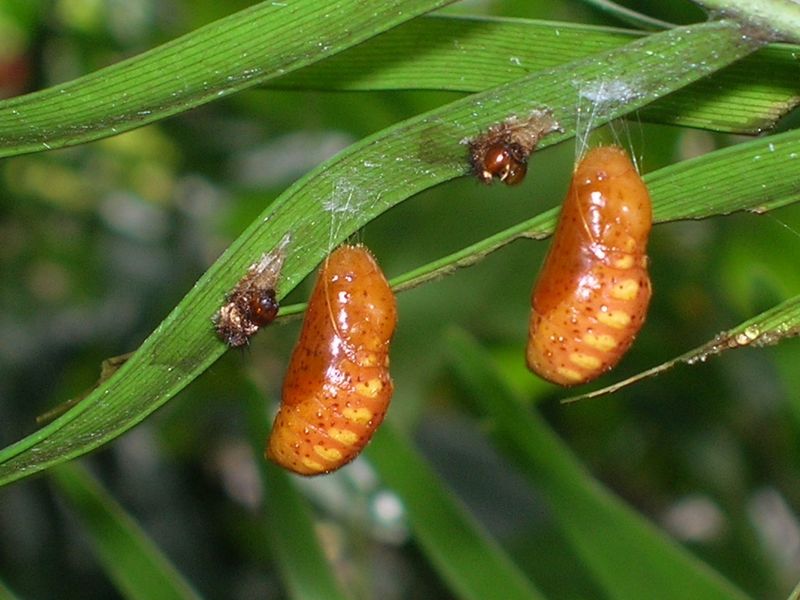
Few people realize the Atala engages in a fascinating partnership with certain ant species. The caterpillars produce sweet secretions that attract ants, who then protect the vulnerable larvae from predators. This mutualistic relationship showcases nature’s complex interconnections.
The butterfly gets bodyguards while the ants receive food rewards. Such partnerships remind us that cooperation, not just competition, drives ecological systems—a lesson humans might well consider.
10. A Beacon Of Hope For Other Insects
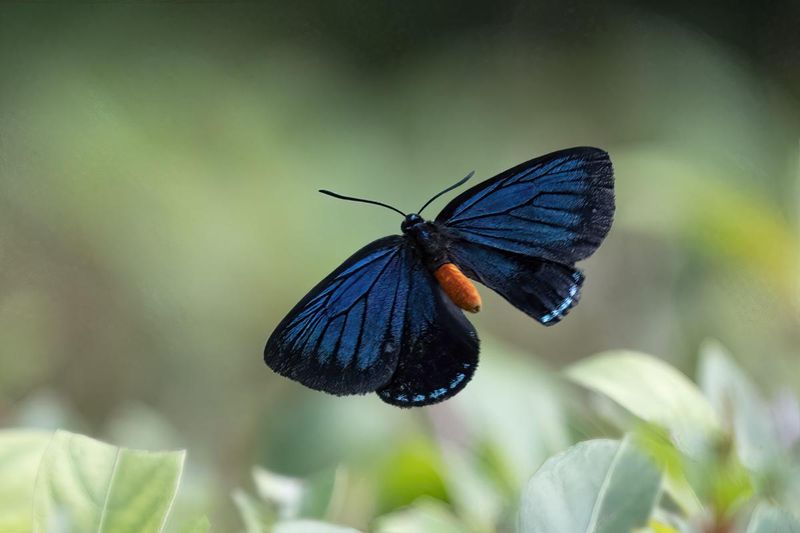
With insect populations plummeting worldwide, the Atala’s recovery shines like a lighthouse for conservation. Its comeback offers a blueprint for saving other declining butterflies like monarchs and swallowtails.
The recipe seems simple: identify essential host plants, restore them to the landscape, and reduce pesticide use. The Atala proves extinction isn’t always permanent when humans recognize their mistakes and actively work to correct them.
11. The Fight Isn’t Over Yet
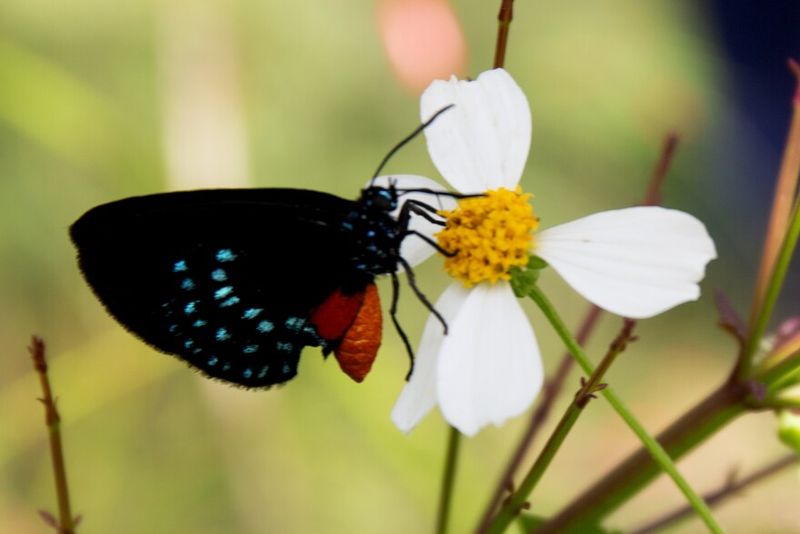
Despite impressive gains, Atala butterflies face new threats. Rising sea levels from climate change could inundate coastal habitats, while continuing development fragments populations. Exotic parasites and unusual weather patterns create additional challenges.
Conservation organizations now focus on creating inland habitat corridors and protecting genetic diversity among isolated colonies. The butterfly’s future remains uncertain, but its resilience gives scientists reason for cautious optimism.
12. A Butterfly With Built-In Chemical Defense
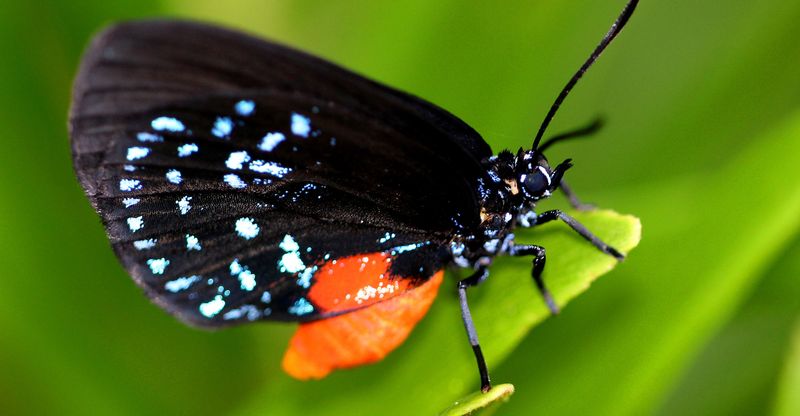
Nature equipped the Atala with an ingenious survival strategy. By consuming toxic compounds from the coontie plant, these butterflies become poisonous themselves! Their vibrant coloration isn’t just for show—it’s a warning to predators.
Birds and lizards quickly learn to avoid the toxic meal after one unfortunate taste. This chemical defense mechanism, called aposematism, serves as the butterfly’s invisible shield.

